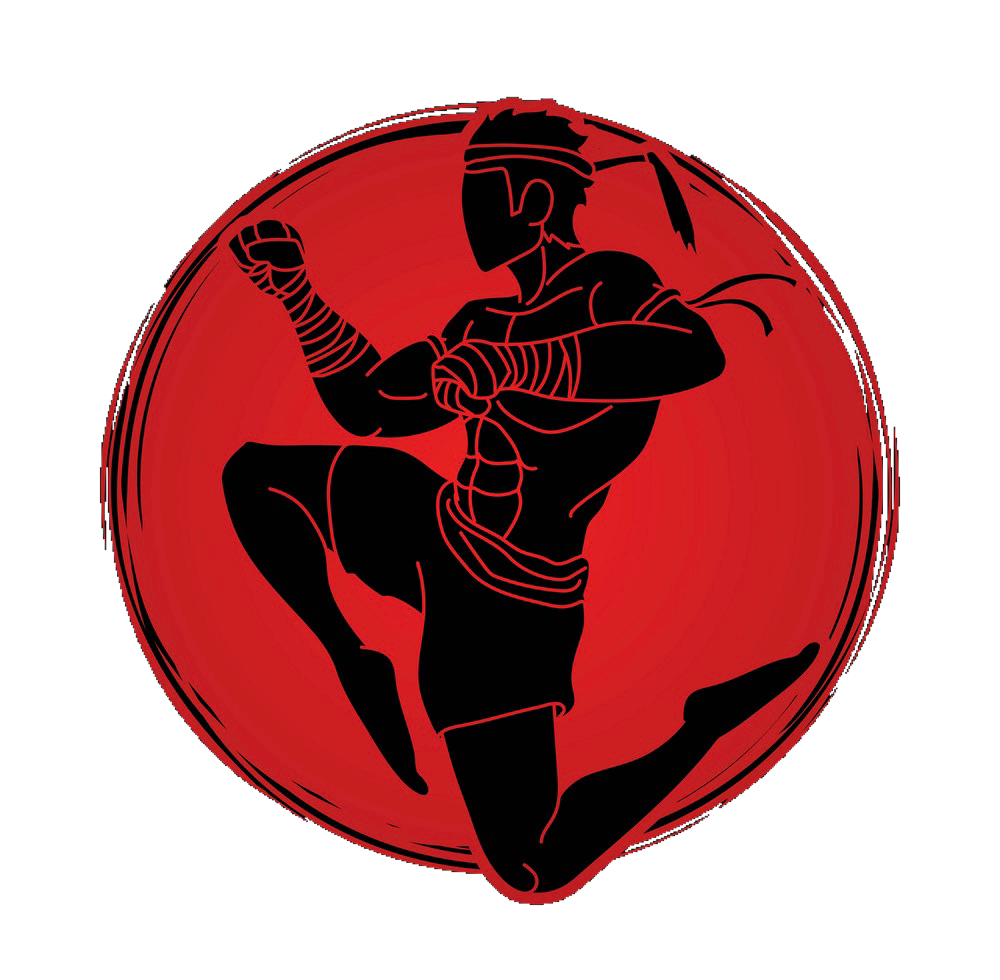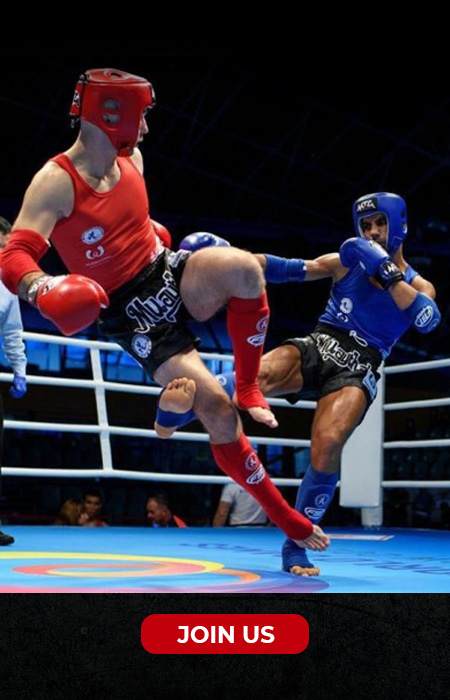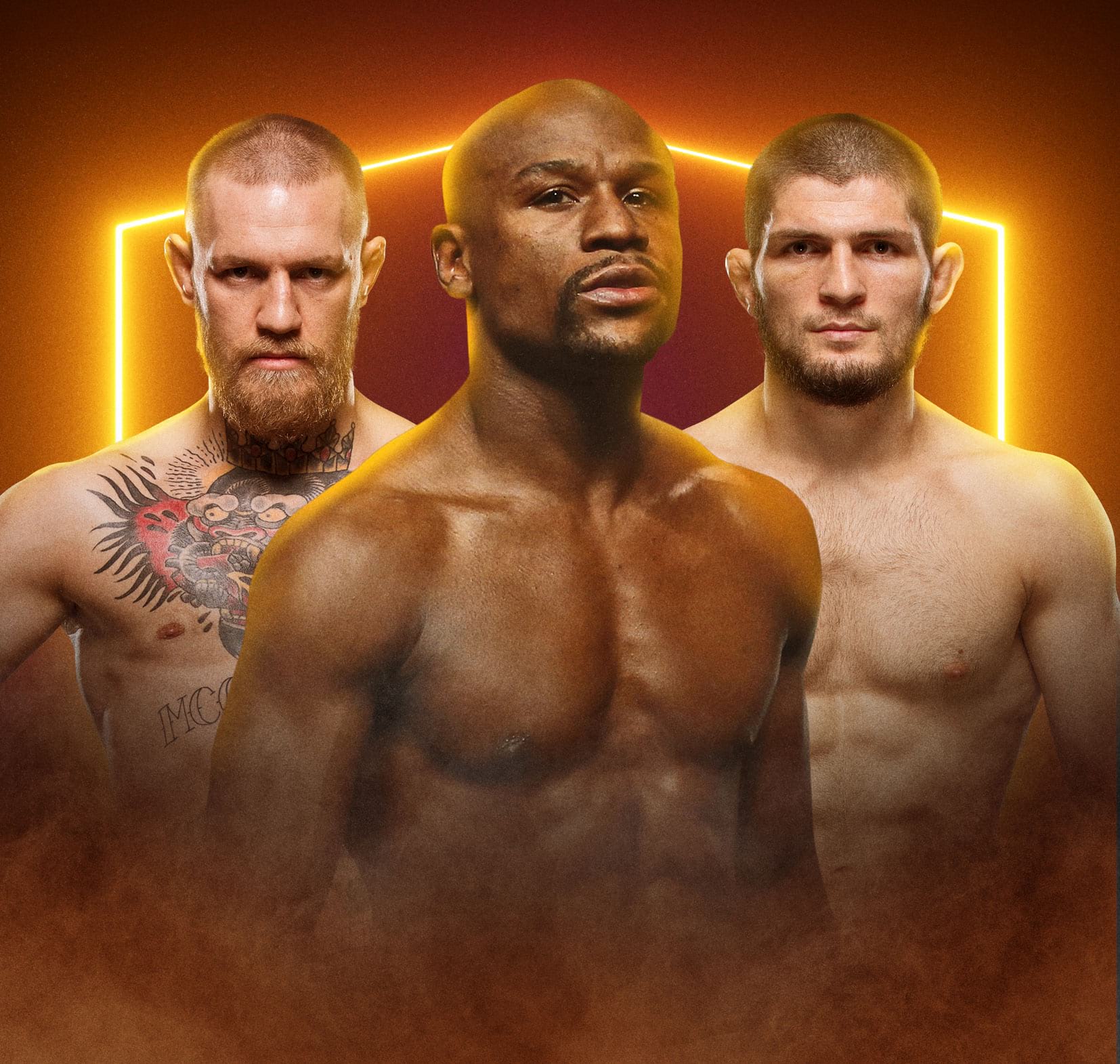Gervonta Davis is a master of capitalizing on not just his opponent’s worst instincts, but their best ones as well. For the fighter known as Tank, this process started well before he sunk a paralyzing left hand into the liver of Ryan Garcia on Saturday night.
Throughout his career, Garcia was plagued by the same assumptions that tend to color discussions about fighters of his ilk—young, popular and handsome. Despite Garcia’s massive popularity, his naysayers insisted that he was a mirage, a pretty face enjoying the warm glow of mainstream attention without the intention of taking risks in terms of scheduling fights or when within the ring when the action wasn’t coming to him. But Davis, an astute student of the game who seemingly keeps tabs on every fighter of note, had a more genuine read on Garcia. He knew that Garcia desperately wanted to fight him, and that when he stepped in the ring, there would come a time when his immense pride would take over, the desire to rewrite the narrative about him, and in doing so would make mistakes.
Davis and his team reportedly implemented a rehydration clause for the bout, insisting that neither fighter could weigh more than ten pounds more than what their weight was at the official weigh-in the morning of the fight. Whether the added strain of making weight a second time had a material effect on the outcome of the bout or not can never be known, but from a mental standpoint it helped establish Davis as the one dictating the plays. The knowing smirk that Davis had on during the second episode of Showtime’s All Access, buying nearly $80 of snack food at a local 7-Eleven claiming he would eat it all that night, taunting Garcia about the struggles he would experience making weight, was the look he had on his face throughout the bout itself. Wide-eyed, jovial, relishing in the struggle of his opponent that would ultimately lead to his demise.
Fighters’ musical choices and appearances during ring walks can often be benign, and perhaps they were on this night too, but if one were to script two entrances to depict one fighter looking apprehensive and one looking overwhelmingly confident, they might look a lot like Garcia and Davis’ respectively. Garcia entered to “Oceans” by Hillsong United, an Australian Christian band whose music Katie Taylor has used for her entrances in the past as well. The tune was somber, and Garcia spent portions of his stroll to the ring with his eyes closed, as if he were summoning faith for the bout. When he opened his eyes, it looked as though he were gazing into the crowd for reassurance, locking eyes with a few of his supporters, taking in an atmosphere he’d never been in before.
The magnitude of the fight wasn’t entirely new for Davis. Certainly, this was the biggest fight of his career, but he had established himself as one of the sport’s—and the United States in general’s best single night live event attractions based on his gate receipts. Davis came to the ring with rapper Chief Keef performing the drill classic Love Sosa, featuring an iconic beat from Young Chop that instantly energizes fans of Tank’s generation. Even some brief technical follies with the sound didn’t phase Davis, who walked to the ring with a steely scowl, unphased by the moment, unwavering in his focus.
The first round of the fight played out precisely how analytics suggested it might, two relatively low-volume operators feinting and gathering information about one another’s tactics and habits, occasionally attempting a power shot in earnest. Their takeaways as to what to do next differed drastically. The next round, Garcia approached Davis aggressively, employing a high guard and trying to get on the inside to trade punches, in particular, his vaunted left hook. Several times, the fighters became entangled, and Davis shoved him off, which seemingly only emboldened Garcia to attack with more fervor.
“I just wanted to make this fight a little bit more exciting. Again, that’s my inexperience I guess at the biggest stage. I definitely messed up. I should have just made it boring, made him miss and just kept on the outside, but at one point I just decided to say let’s start throwing them, and I guess it didn’t work out in my favor,” said Garcia at the post-fight press conference.
Davis had spoken about Garcia’s punch placement during the lead-up to the fight, pointing out that Garcia often aims his left hook towards his opponent’s temple, rather than their chin. In other words, not only did he feel he had a good read on the trajectory of Garcia’s punches before he ever saw them in live action, but that his shorter stature would probably benefit him and cause many of the hooks to sail over top of his head. In the second round, that’s exactly what happened, as Garcia missed with a left hook, Davis rolled under and caught an off-balance Garcia with a flush left hand that sent him to the canvas.
“I felt like he was more anxious than me. When you have somebody like that, you want to stay calm at all costs, because you don’t want to make a bad decision. And that’s what he did. He came in and he was rushing and he ran into a shot. So I knew off the get-go, I don’t want to be that,” said Davis following the bout.
Watching the moment back in slow motion, Davis is visibly smiling as he’s about to throw his left hand, as if the scenario he’d been waiting to capitalize upon was presenting itself just as he’d predicted it would. Following the fight, Davis told SHOWTIME’s Jim Gray of the knockdown, “It’s just him not knowing his placement. I knew that I was the smarter guy. My coach was telling me in camp, he’s going to come with his head up, so just shoot over the top.”
Tank had created doubt in Garcia’s main weapon. He’d used Garcia’s excitement to try to land it against him, and walked him into a near-fight-ending left hand. For the next few rounds, Garcia’s attempts to land his left hook were futile, before he and trainer Joe Goossen made the call to introduce his right hand a little more often. That decision was also necessitated by Davis’ coach Calvin Ford’s realization that Garcia was drifting to his left when jabbing, and that by cutting off his pathway, Garcia would be forced to change his tactics.
One of Ford’s most memorable turns of phrases over the years from his corner oration has been “when I say penitentiary, put the knife in him,” and in the seventh round, Davis pulled out the shiv. Prior to the fight, Garcia had actually predicted that he would stop Davis with a right hand. Davis, meanwhile, predicted that he would end the fight in the seventh round, specifically. Both of them tried to make good on their promise, and one of them was correct. As Garcia threw a wide right hand, throwing it with the same arc as he typically throws his left hook, Davis landed a flush left hand to Garcia ribcage. As it landed, Davis seemed to know before Garcia did that the shot was bothersome. Davis’ mouth opened as if he were gasping in excitement, and after a few moments of attempting to throw punches, Garcia’s body simply gave out and he took a knee.
Rather than look at the official for confirmation on where the count was at, Garcia looked up at Davis, who smiled back at him as the referee counted to ten. In that moment, Garcia had found out what Tank had seemingly known all along.
“I was just a level above him. Everything he was doing in the ring, I was already aware of. I was already aware a couple steps before he did it. I was mostly calm and just let him make his mistakes, and I countered off his mistakes,” said Davis. “It was fun. It was fun while it lasted. I enjoyed every moment of it.”
Corey Erdman is a boxing writer and commentator based in Toronto, ON, Canada. Follow him on Twitter @corey_erdman













_1660697191-280x210.jpg)





Leave a Reply